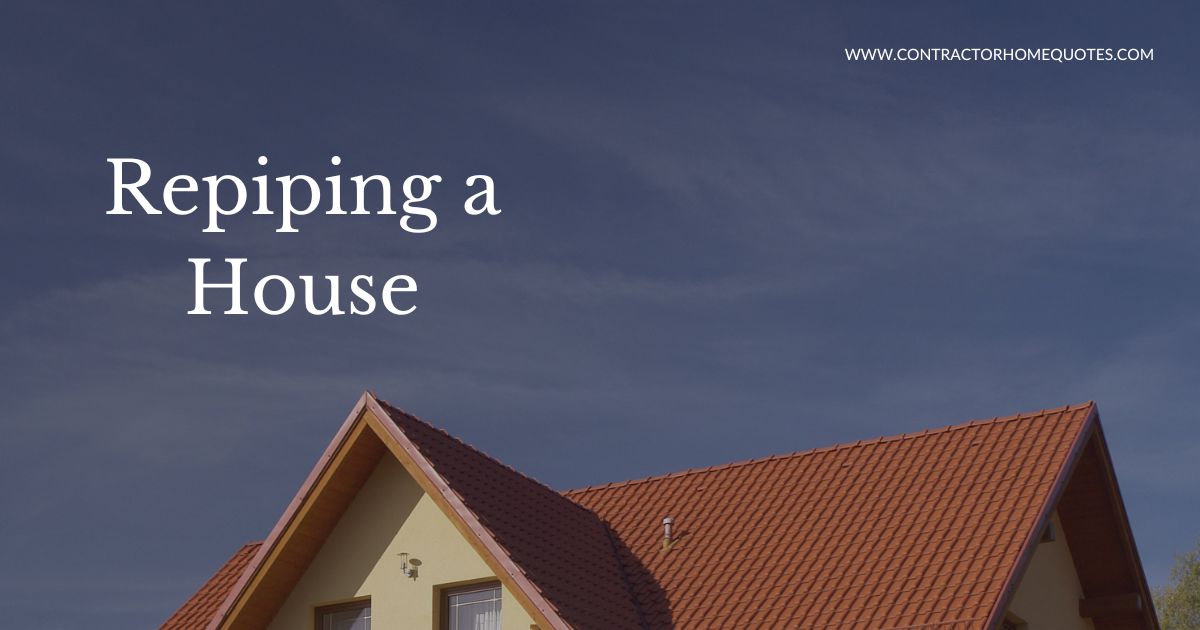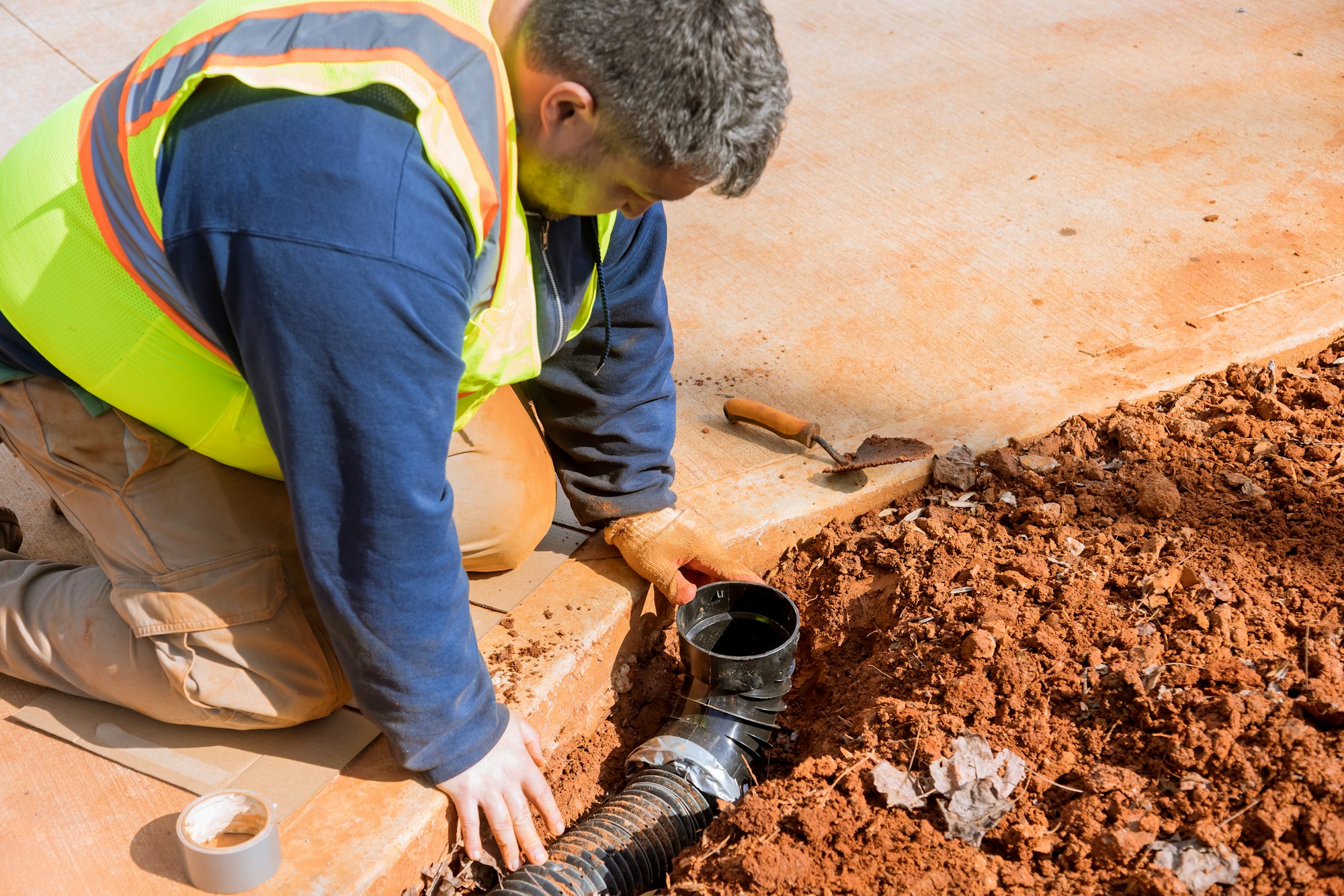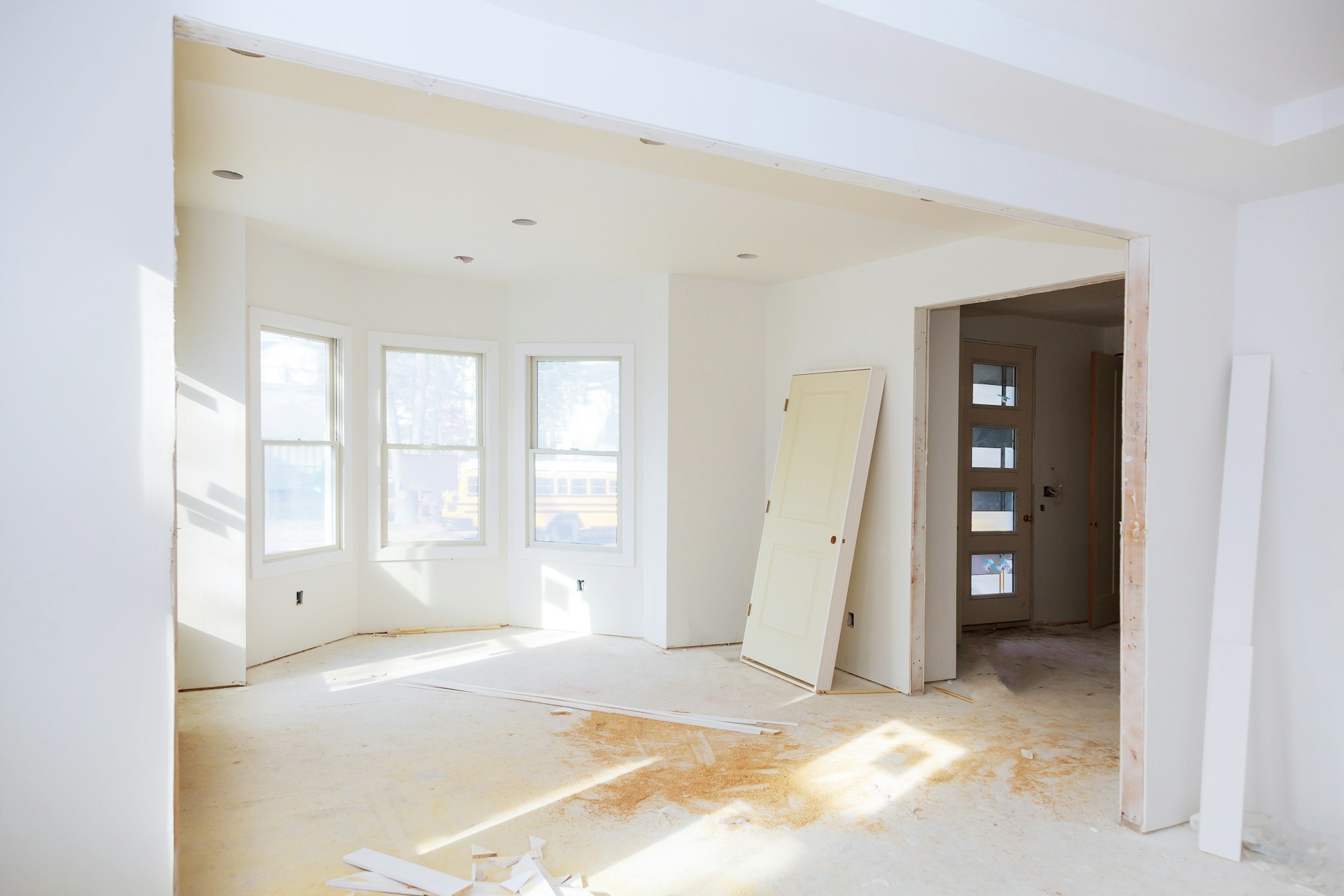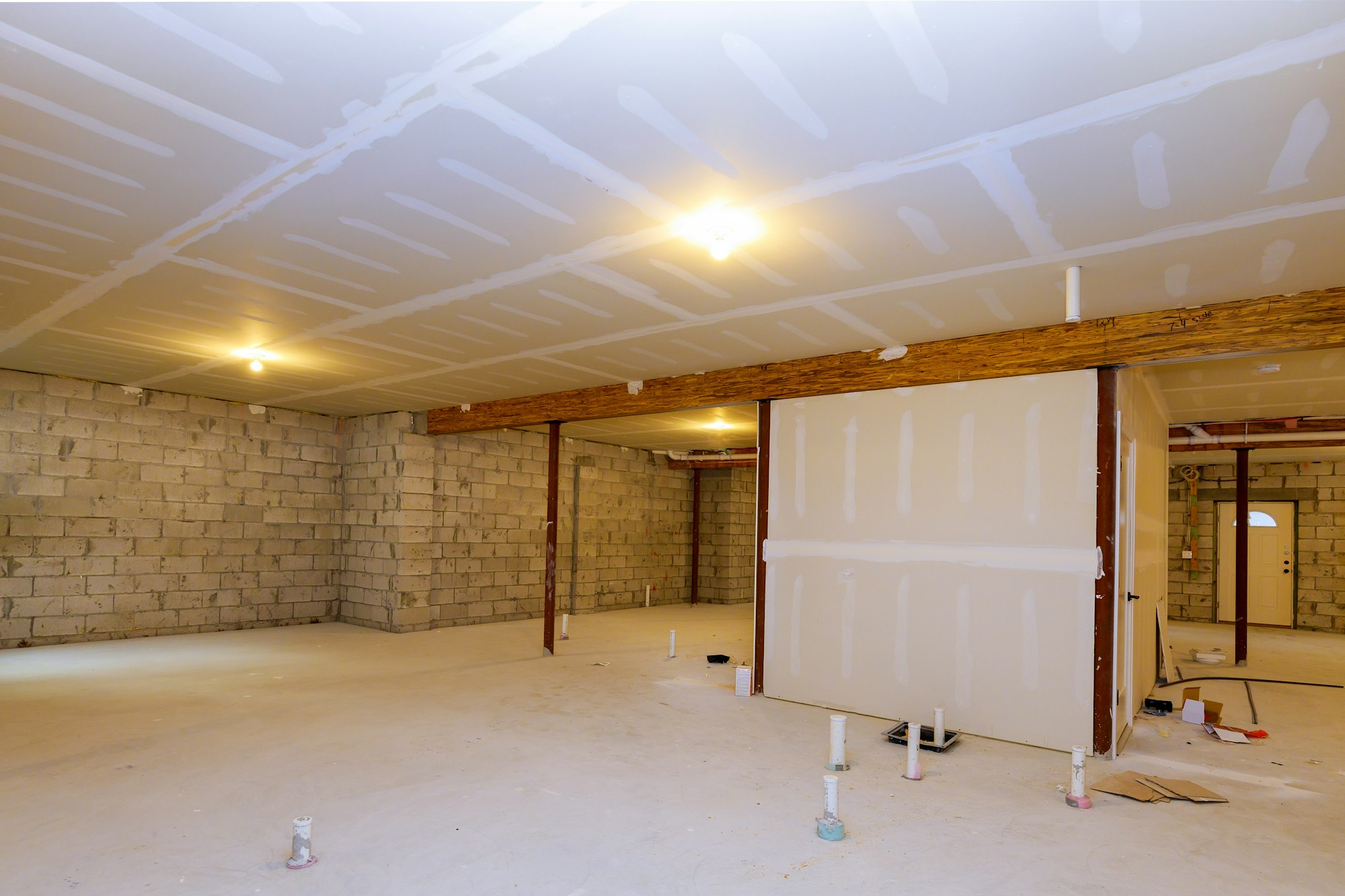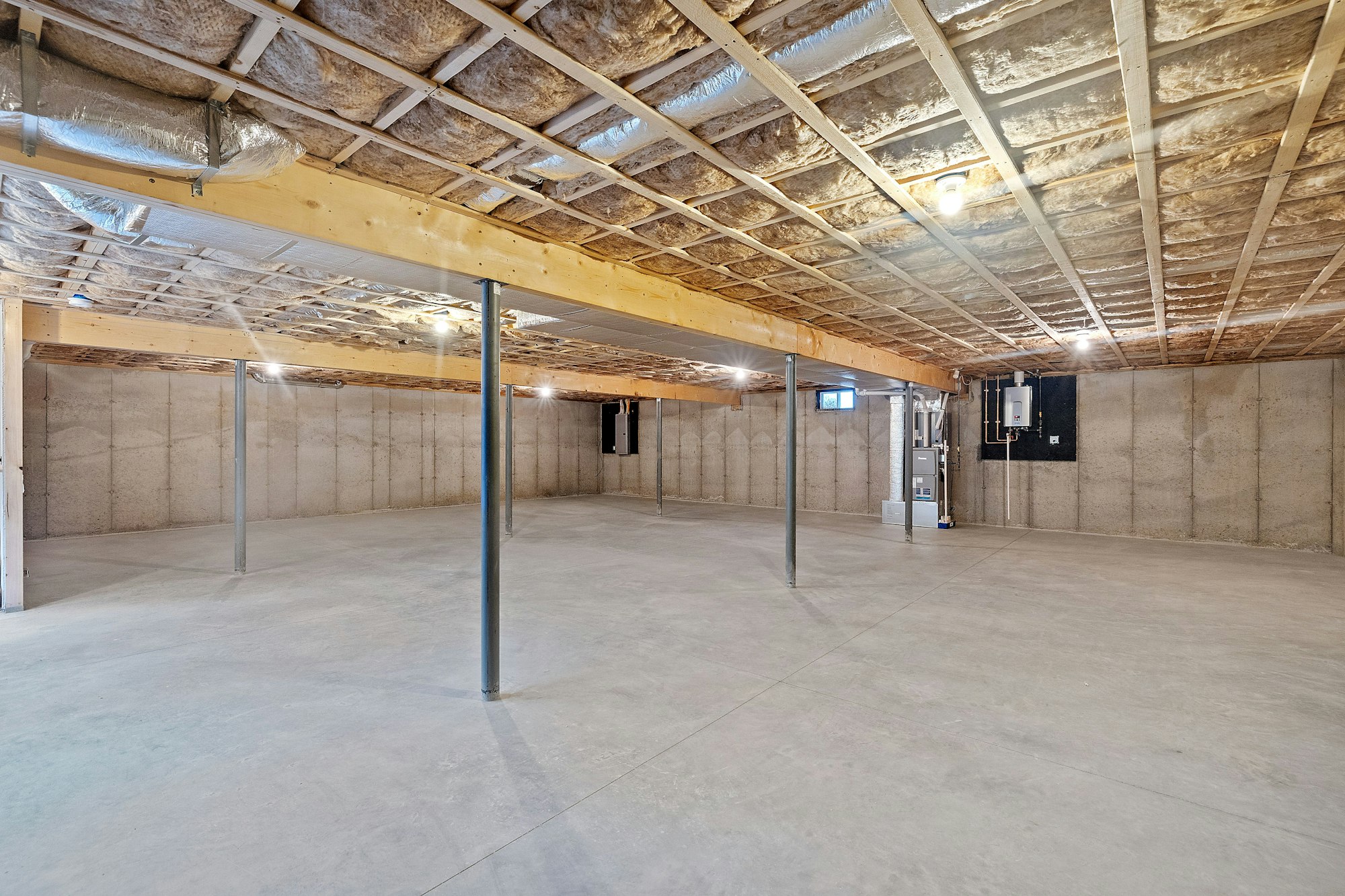Repiping 101: The Benefits and Costs of Upgrading Your Plumbing
Regarding home maintenance, repiping a house is one of the most significant investments. Pipes are the backbone of your home’s plumbing system, and if they fail, it can lead to serious damage and costly repairs. This article will discuss all about repiping a house, including what it is when necessary, its benefits, and how to go about it.
What is Repiping?
Repiping is the process of replacing all the pipes in a home’s plumbing system. This typically includes both the supply and drain lines. Repiping can involve replacing old, corroded, or damaged pipes and upgrading them to newer, more efficient materials.
When is Repiping Necessary?
Repiping may be necessary for many reasons, including:
- Age: If your home was built more than 50 years ago, it might have pipes made of materials such as galvanized steel or cast iron, which can corrode and become clogged over time.
- Leaks: Frequent leaks or water damage can indicate that your pipes are worn out and need to be replaced.
- Low Water Pressure: If you’re experiencing low water pressure, it could be a sign of corroded or clogged pipes.
- Discolored Water: Discolored water or a metallic taste can indicate that your pipes are corroded and need to be replaced.
- Remodeling: If you’re going to make a big change to your home, like adding new plumbing fixtures or appliances, it’s a good idea to have your pipes checked and possibly replaced.
Benefits of Repiping
There are many benefits to repiping your home’s plumbing system, including the following:
- Improved Water Quality: New pipes can provide cleaner, fresher water that is free of contaminants and minerals that can build up in old pipes.
- Increased Water Pressure: Repiping can help to increase water pressure, allowing for better showering and washing experiences.
- Reduced Water Bills: Upgraded pipes can be more efficient, reducing water usage and lowering your monthly water bills.
- Increased Home Value: Repiping can be a significant investment, but it can also increase the value of your home, especially if you plan to sell in the future.
How to Repipe a House
Repiping a house is a complex process that involves many steps. Here’s what you can expect in general:
- Inspection: Before repiping, a plumbing professional will inspect your home’s plumbing system to determine the extent of the damage and what needs to be replaced.
- Planning: Once the inspection is complete, the plumber will create a plan for repiping, considering factors such as the size of your home, the location of the pipes, and the materials to be used.
- Preparation: The plumber must drain the pipes and turn off the water supply to your property before beginning any work.
- Removal: The old pipes will need to be removed, which can be a time-consuming and messy process. The plumber will typically start at the main water line and work their way through the rest of the system.
- Installation: Once the old pipes are removed, new pipes will be installed using various methods, depending on the material used.
- Testing: After installation, the plumbing professional will test the new pipes to ensure they are functioning properly and there are no leaks.
- Clean-up: Finally, the plumber will clean up the job site and dispose of any old materials.
Cost of Repiping
Several factors contribute to the cost of repiping a house, such as a house’s size, the extent of the damage, the chosen materials, and the labor costs in the area. Therefore, the cost of repiping may vary significantly. On average, repiping a house can cost anywhere from $3,000 to $10,000 or more. While the upfront costs of repiping are high, the project’s cost-effectiveness becomes apparent when you consider the savings you can realize through reduced repair costs and lower water usage.
Materials Used in Repiping
It’s possible to repipe with a wide range of materials, each with its own set of benefits and drawbacks. Some of the most typical supplies for repiping are as follows:
- Copper: Copper is a popular choice for repiping because it’s durable, long-lasting, and corrosion-resistant. However, copper can be expensive and sometimes leach into the water supply, producing a metallic taste.
- PEX: PEX, short for polyethylene x chloride, is a type of flexible plastic piping that does not necessitate soldering during installation. Also, PEX is less expensive than copper and is corrosion-resistant. While PEX is widely used, some people are wary of it because of worries that it could contaminate drinking water.
- CPVC: CPVC is a type of plastic pipe similar to PVC but designed for hot water applications. CPVC is easy to install, durable, and corrosion-resistant, making it a popular choice for repiping. However, CPVC is more expensive than PEX and can become brittle over time.
- Galvanized Steel: Galvanized steel was a popular material for plumbing pipes in the past, but it is no longer used due to its tendency to rust and become clogged over time.
Choosing the right material for your repiping project will depend on many factors, including your budget, damage extent, and personal preferences.
Hiring a Professional
Repiping a house is not a DIY project and should always be handled by a licensed plumbing professional. A qualified plumber will have the experience, tools, and expertise to safely and effectively repipe your home’s plumbing system.
When hiring a plumber, choosing someone licensed and insured and with a good reputation in your community is important. You should also ask for references and get multiple quotes to ensure you’re getting a fair price.
Conclusion
Repiping a house is a significant investment, but it’s also an important one. Upgrading your home’s plumbing system can improve water quality, increase water pressure, reduce water bills, and increase your home’s value. If you’re experiencing frequent leaks, low water pressure, or discolored water, it may be time to consider repiping. Contact a licensed plumbing professional to inspect your home’s plumbing system and discuss your options for repiping.
Ready to repipe your house? Get a free quote today from Contractor Home Quotes! Contact us now to get started on your home improvement project!
FAQS
What is repiping a house?
Repiping a house involves replacing the old pipes with new ones to improve the overall plumbing system of the house.
Why would I need to repipe my house?
You may need to repipe your house if you’re experiencing frequent leaks, low water pressure, or discolored water. It could also be necessary if your pipes are old, corroded, or damaged.
How much does it cost to repipe a house?
Repiping a house depends on its size, damage, materials, and labor expenses. On average, it can cost anywhere from $3,000 to $10,000 or more.
What materials can be used for repiping?
The most common materials used for repiping include copper, PEX, CPVC, and galvanized steel.
Can you elaborate on the advantages and disadvantages of each material option?
Copper is durable and resistant to corrosion, but it can be expensive. PEX is flexible and easy to install, but some people are concerned about potential chemical leaching. CPVC is durable and resistant to corrosion, but it can become brittle over time. Galvanized steel is no longer used because it tends to erode and become clogged.
Can I repipe my house myself?
No, repiping a house is not a DIY project and should always be handled by a licensed plumbing professional.
How do I choose the right plumber for my repiping project?
When choosing a plumber, it’s important to choose someone who is licensed and insured, has a good reputation in your community, and provides references and multiple quotes.

